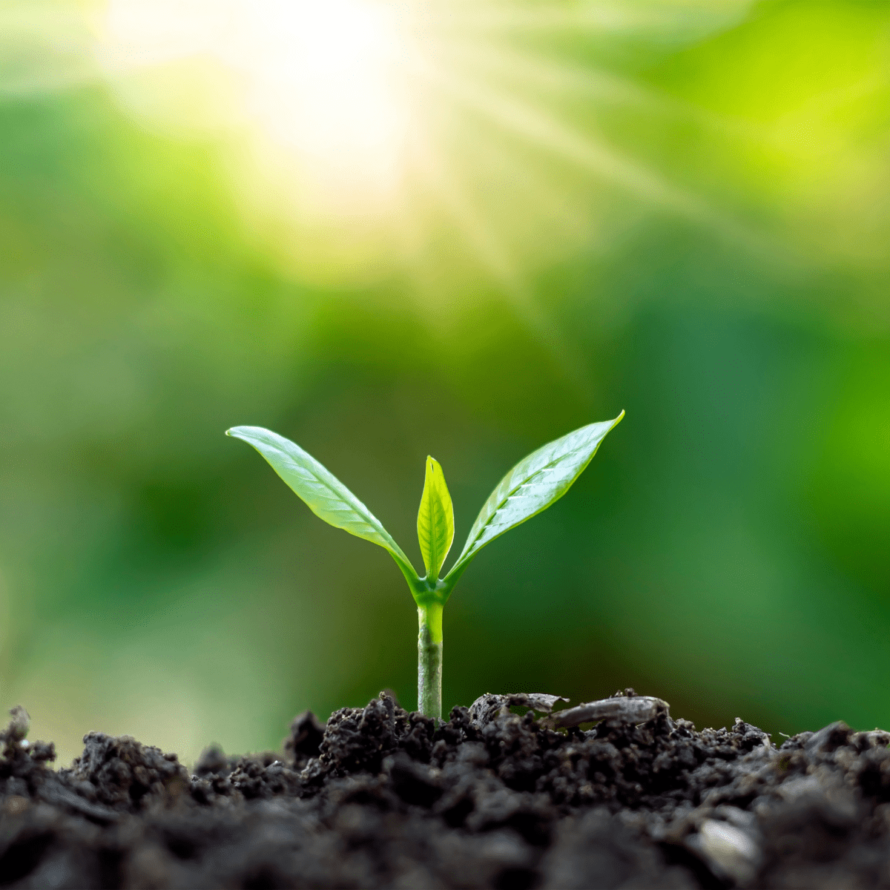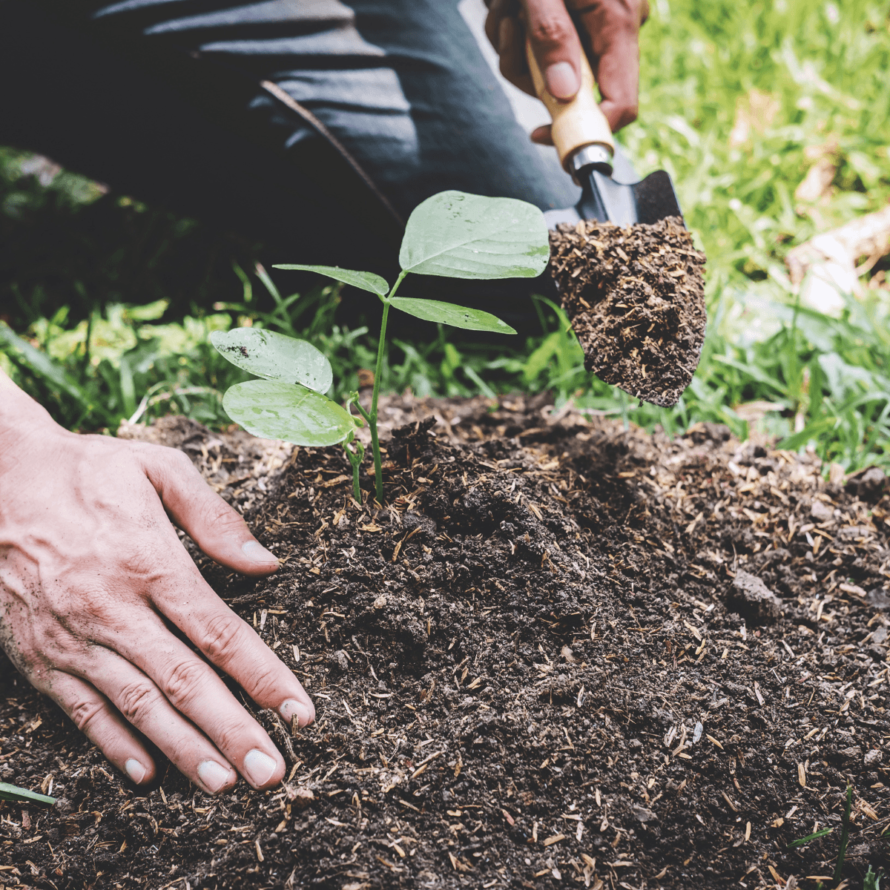Swift Response by idverde Teams Clears Trowbridge Road After Bin Lorry Fire
In a commendable effort, idverde teams played a crucial role in the cleanup operation
Grounds Maintenance, Landscape Creation, Arboriculture, Sports Surfacing, Parks management, IOS Managing Safely Training, Ecology & Biodiversity, Grass cutting, Horticulture, Street Cleaning, Soft Landscaping, Hard Landscaping
idverde provides a wide range of green services, including grounds maintenance, landscape creation, and advice services, to both private and public sectors across the UK.
Soil is surely one of the most under-rated, unsung heroes of our world’s many and varied ecosystems. For most people, this humble component of our natural environment is only noticed when they are digging their garden or when they spot muddy boot prints on their doormat.
Taken for granted by individuals and businesses alike, it is generally treated as nothing more than a universally abundant commodity that will never run out.
Yet, when the need to protect the environment is more pressing than ever, we must recognise the value of soil and the critical role it plays in sustaining life on Earth.
As we celebrate World Soil Day this month, we should take stock of how important soil is to us and how we must step up our efforts to look after it, managing it sustainably and responsibly, for the benefit of us all.

Soil is fundamental for the growth of almost all vegetation growth, not just for the agriculture and food production we depend upon but also any other plant-based ecosystem – whether that be forest, grassland, heathland or peat bog.
However, we now know that human activity across the globe is rapidly depleting our soils, eroding them of the nutrients, organic matter and microbial life that is essential for them to function healthily.
Historically, we have also mixed our soils with chemicals as agriculture worldwide has shifted to large-scale intensive methods. This approach has extended to the smallest local scale too, as the all-pervading ‘war on weeds’ has seen even the most modest of green spaces treated in the same harsh way.
Along with this longstanding erosion of soil’s quality, it now has to additionally contend with the impact of climate change. The resulting heavy rain and hard droughts amplify the damage to soils lacking resilience, from farmland to shrub beds.
Another major problem which is rarely acknowledged is the fact that our soils are becoming increasingly contaminated with plastic and other rubbish due to the world’s burgeoning litter and waste problems.
So, what can we do to protect, restore and value our soil?
It starts with the importance of caring for what we have today and considering how our various activities impact on this precious resource, including the grounds maintenance and landscaping sector.
When our global consumption of resources far exceeds that which is available, we must think more about how we can work with a site’s existing resources and design our open spaces and landscapes accordingly.
Unless the land is contaminated, at the beginning of a project we should investigate whether we can restore and improve the existing soil, to avoid unnecessary largescale removal of substrate and the importing of new topsoil.
This makes sound sense, particularly as the process of improving soil can be very simple and actually help us with the other sustainability challenges we face.
For instance, the UK’s vast quantities of green waste are often disposed of alongside general waste, shipped off miles away to be composted or simply left in situ to decompose. But green waste is essentially the core component required to create fresh soil, and should be valued as such.
So, at a time when we need to reduce our use of mineral fertilisers, let us focus on the principles of a circular economy and instead recycle and re-use local green waste to boost the health and productivity of our soils.

Grounds maintenance projects may present other challenges such as soil which is low in nutrients, too dry or with excess clay content. At this point, many of us still opt to create the conditions we desire, rather than working with the conditions we are faced with.
Of course, there is the option to ameliorate soils on site if unsuitable, to improve them and then re-use them in a scheme, thereby perhaps avoiding hundreds of heavy goods vehicle movements along with the associated emissions, pollution and noise.
But sometimes a better solution would be to question our traditional approach and apply the philosophy behind a familiar phrase in our industry – ‘right plant right place’. Harnessing this long-held wisdom, we can then apply our expert knowledge and experience to create a bespoke solution for any given site so that, where possible, we work with nature rather than against it.
Let us not forget that soils are literally the ‘rock’ upon which almost all terrestrial ecosystems are built. If we are to protect, restore and conserve biodiversity, we must make it a priority to care for our soils better – not just in our gardens, but in our towns and cities’ green spaces, and in the way we manage our land to produce the food we eat.